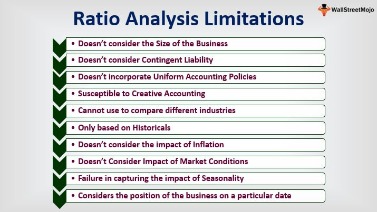Content

You must buy and sell Vanguard ETF Shares through Vanguard Brokerage Services (we offer them commission-free) or through another broker . See the Vanguard Brokerage Services commission and fee schedules for full details. Vanguard ETF Shares are not redeemable directly with the issuing fund other than in very large aggregations worth millions of dollars. When buying or selling an ETF, you will pay or receive the current market price, which may be more or less than net asset value. This widely followed measurement of short-term rates reflects real-time market expectations.
In most interest rate environments, the longer the term to maturity, the higher the yield will be. This makes intuitive sense because the longer the period of time before cash flow is received, the greater the chance is that the required discount rate will move higher. In other words, a bond’s price is the sum of the present value of each cash flow, wherein the present value of each cash https://kelleysbookkeeping.com/ flow is calculated using the same discount factor. When a bond’s yield rises, by definition, its price falls, and when a bond’s yield falls, by definition, its price increases. Owning a bond is essentially like possessing a stream of future cash payments. Those cash payments are usually made in the form of periodic interest payments and the return of principal when the bond matures.
A Bond Example
Longer-term bonds generally have a higher duration than their shorter-term peers. This is because bonds are fixed-income instruments that promise a steady stream of future interest payments. Because the future is unknown, the longer the time to maturity, the more uncertainty faced by the investor. In other words, the longer a bondholder commits to a fixed rate, the riskier it becomes to hold it.. Keep in mind that while duration may provide a good estimate of the potential price impact of small and sudden changes in interest rates, it may be less effective for assessing the impact of large changes in rates. This is because the relationship between bond prices and bond yields is not linear but convex—it follows the line “Yield 2” in the diagram below.

In other words, the loss of purchasing power due to inflation is reduced and therefore the risk of owning a bond is reduced. If the plan in the previous problem wants to fund and immunize its position fully, how much of its portfolio should it allocate to one-year zero-coupon bonds and perpetuities, respectively, if these are the only two assets? If the interest rates are lower, investors would not want to invest in such bonds that would lead to its decline. You’ll feel the effects of your lender’s customer service team and personal policies much more strongly than the movement of the bond market when you manage your loan.
Mutual Funds and Mutual Fund Investing – Fidelity Investments
If the bond is putable, then decreases in the bond price will have a floor at the putable price, which is usually par value. If the bond’s price falls below this, then the bondholder can sell the bond back to the issuer for the Relationship Between Interest Rates & Bond Prices put price. Hence, the price decline slows as the put price is approached, then levels off at the put price. An increase in a bond’s yield to maturity results in a smaller bond price change than a decrease of equal magnitude.



Leave a Reply